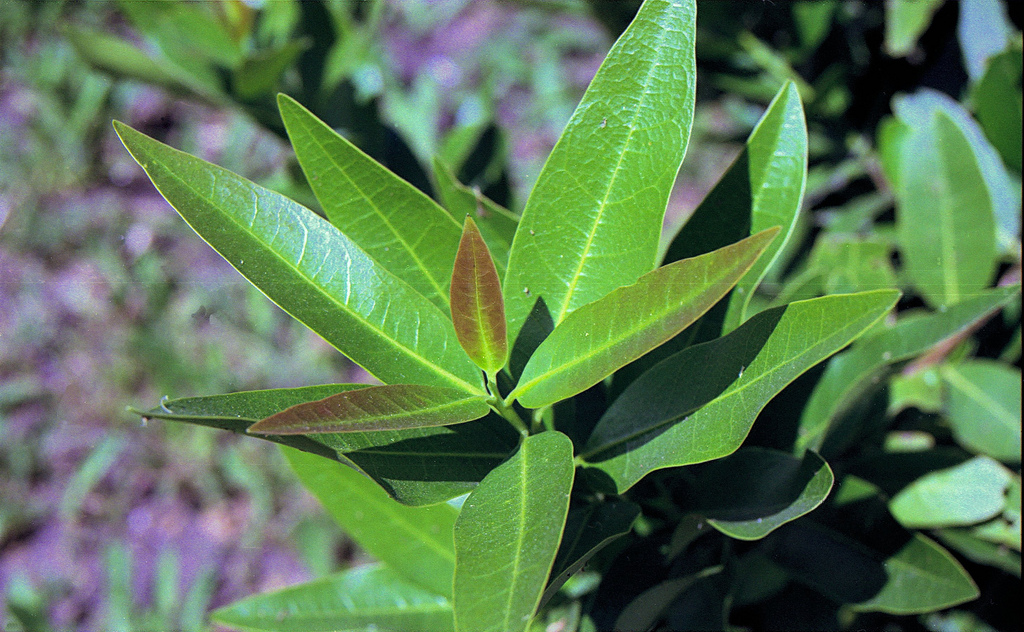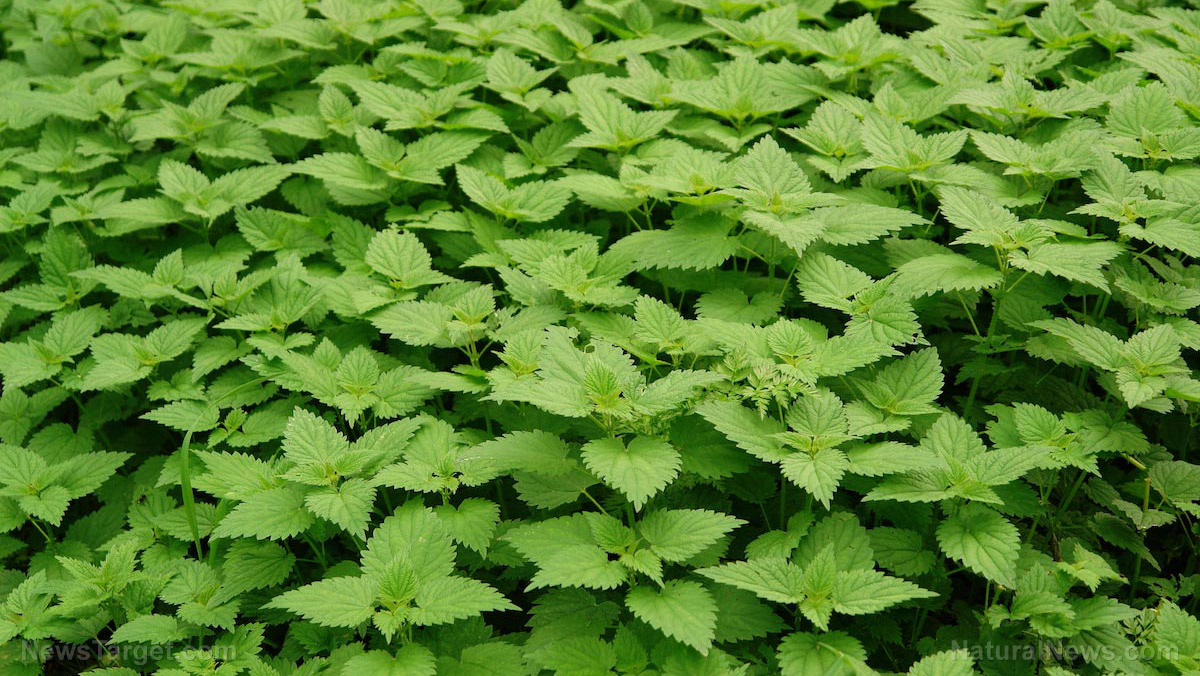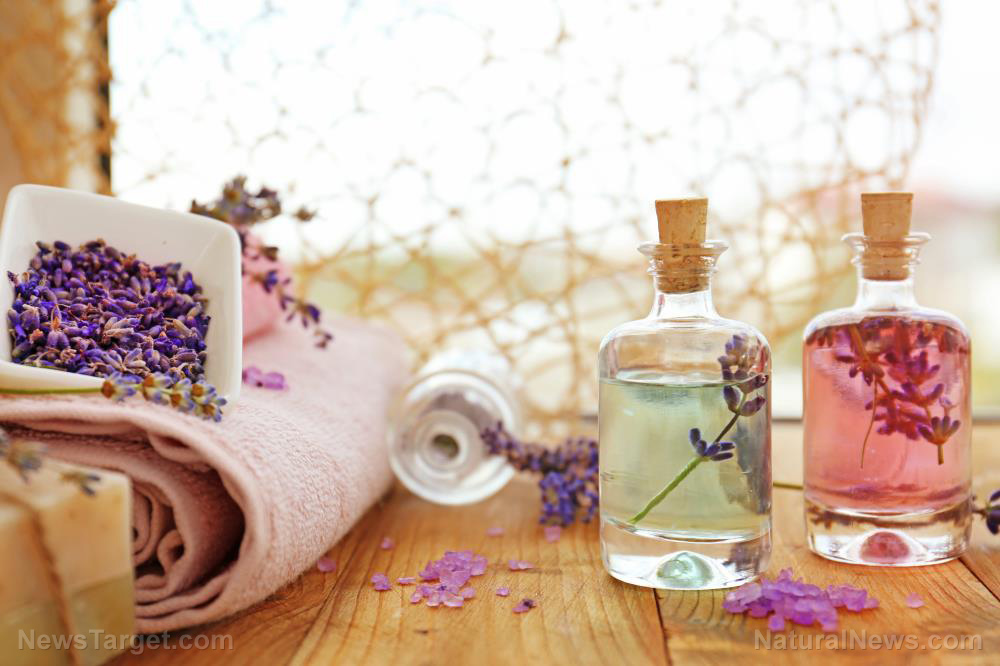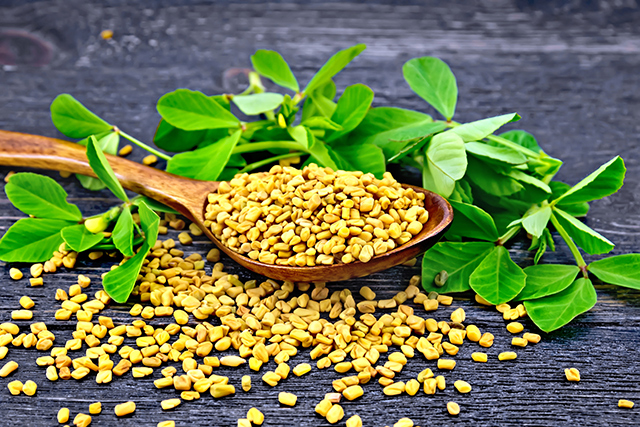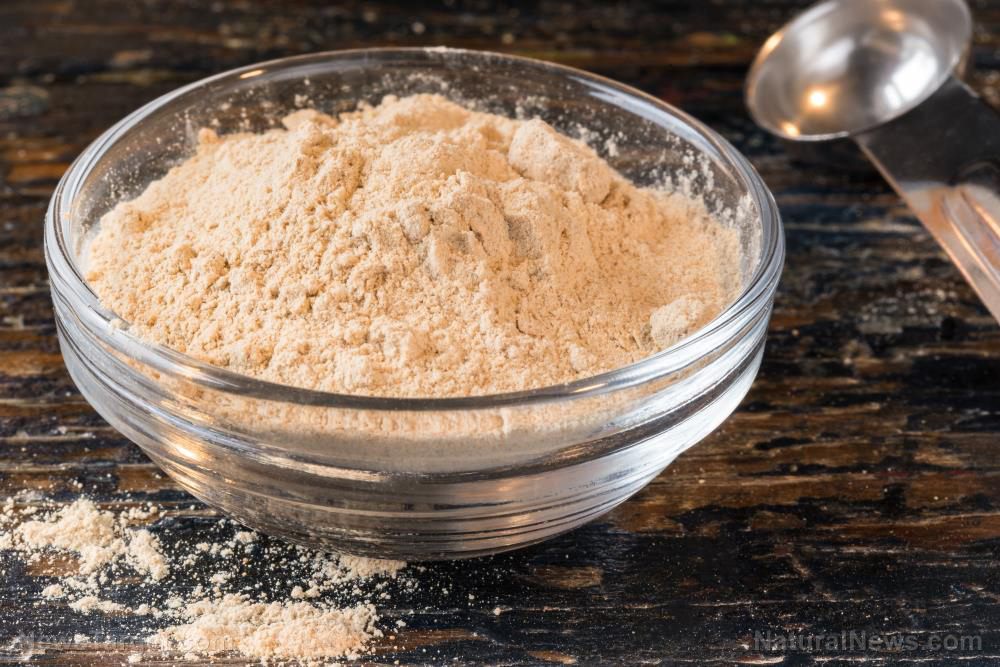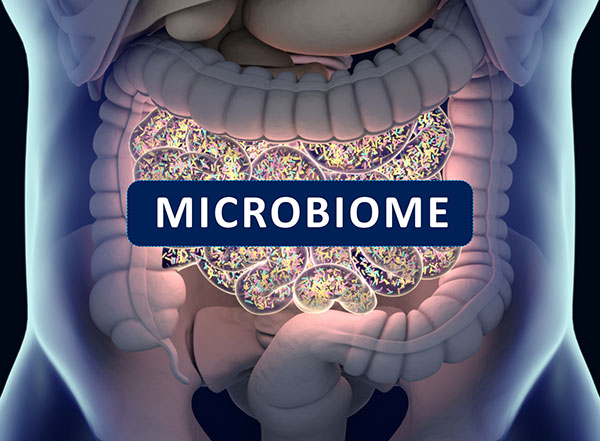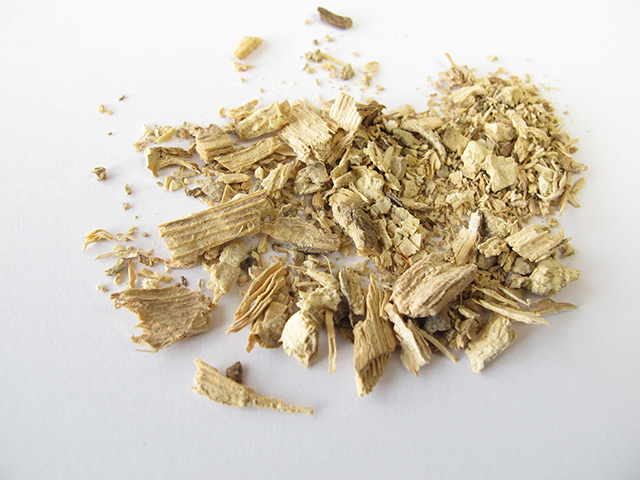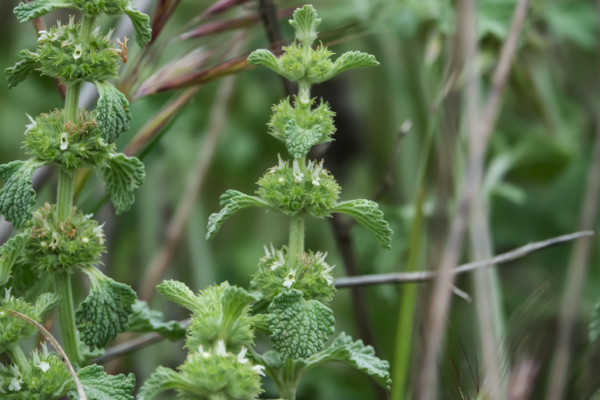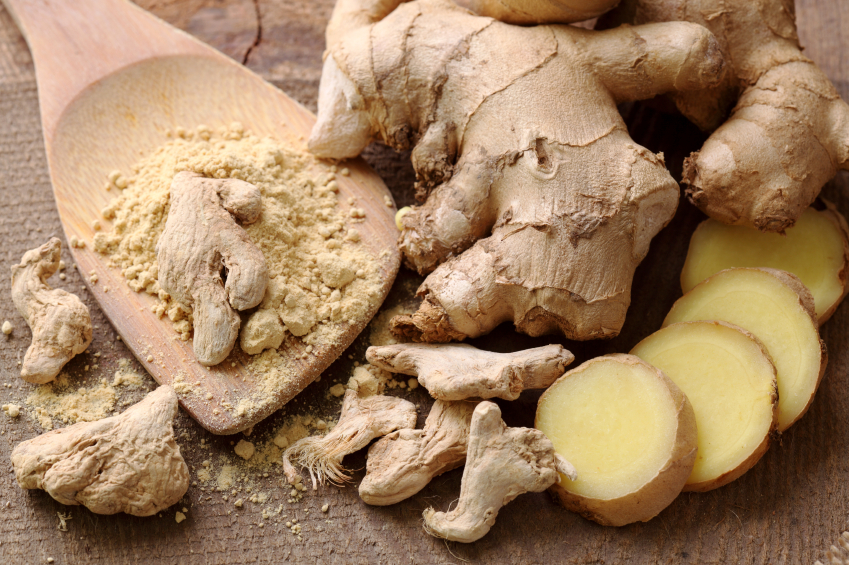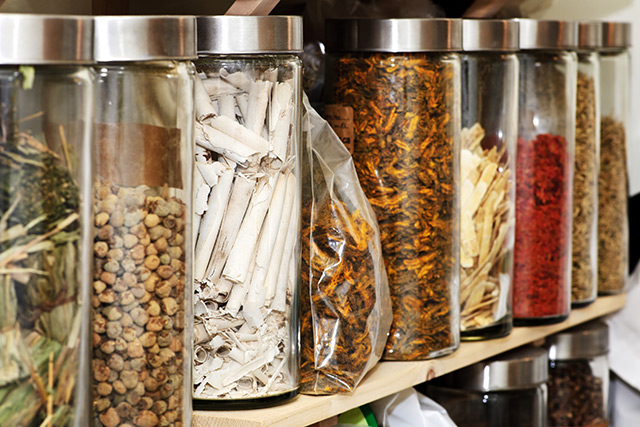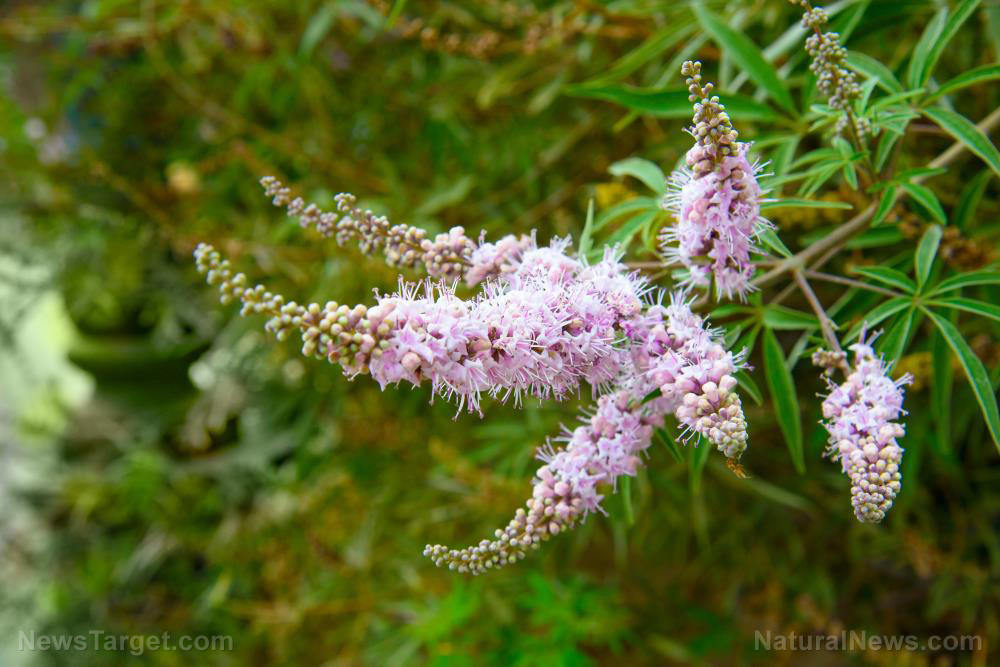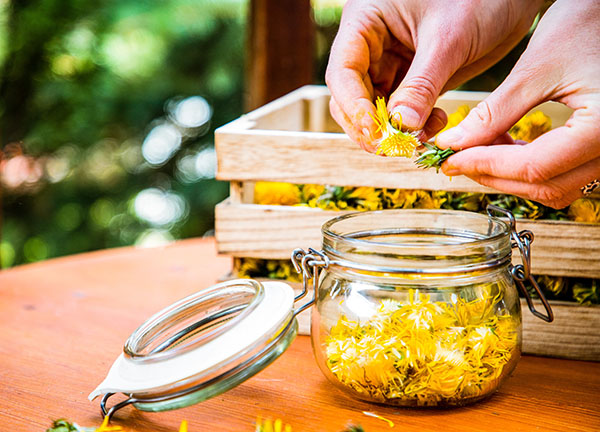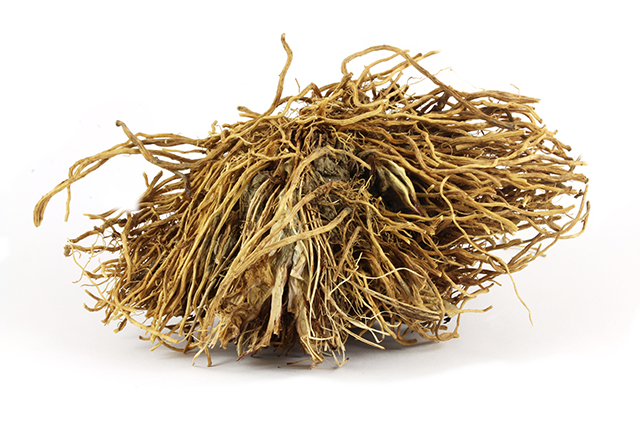Marshmallow Root: An ancient sweet treat with medicinal properties
04/24/2025 / By Ava Grace
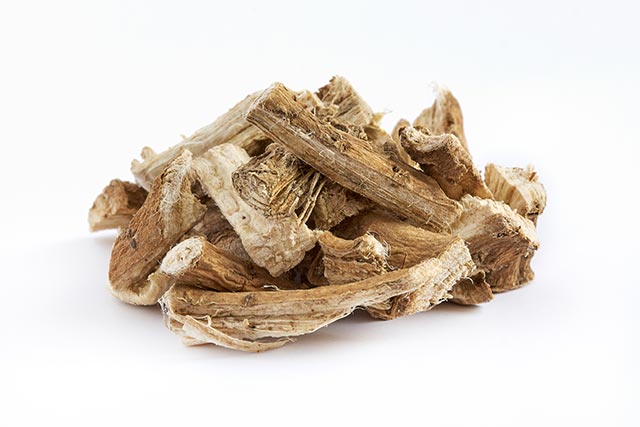
- Marshmallow root (Althaea officinalis) has been used by humans for thousands of years, from ancient Egyptian remedies and confection to medieval European herbal medicine. It was originally used to soothe sore throats and heal wounds, and its name is derived from a Greek word meaning “to heal.”
- The root is rich in mucilage, a gel-like substance that soothes irritated tissues, along with flavonoids, phenolic acids, and antioxidants. These compounds provide anti-inflammatory, immune-boosting, and tissue-repairing benefits.
- Marshmallow root is effective for respiratory issues, digestive problems, skin conditions, urinary health and immune support.
- It can be consumed in the form of tea, tincture, capsules or powder and applied topically as a salve or poultice. Its mild, slightly sweet flavor makes it suitable for culinary use, such as in teas, soups and smoothies.
- Beyond its medicinal uses, marshmallow root has inspired modern marshmallow candies (though they no longer contain the plant) and continues to be a symbol of natural healing. Its enduring popularity highlights its role as a gentle yet powerful herbal remedy.
Marshmallow root (Althaea officinalis), a plant steeped in history and healing, has been a cornerstone of herbal medicine for millennia. Known for its soothing properties and mucilaginous texture, this humble herb has transcended its origins as a confectionery ingredient to become a revered natural remedy. From ancient Egyptian apothecaries to modern herbalists, marshmallow root has been celebrated for its ability to heal, nourish and protect the body.
Brief history of marshmallow root
Marshmallow root’s story begins in the marshes and damp meadows of Europe, Western Asia and North Africa, where it grows wild. The plant’s name, Althaea, is derived from the Greek word altho, meaning “to heal,” a nod to its medicinal properties.
The ancient Egyptians were among the first to recognize its value, using the root to create a honey-sweetened confection that can soothe sore throats and treat wounds. This candy, made by combining marshmallow root sap with nuts and honey, was a precursor to the modern marshmallow, although today’s sugary confection no longer contains marshmallow root. (Related: Health benefits of ancient herbal remedy marshmallow root.)
By the Middle Ages, marshmallow root had become a staple in European herbal medicine. Monks cultivated it in monastery gardens, and it was widely used to treat respiratory ailments, digestive issues and skin conditions. Its reputation as a healing herb persisted into the 19th century, when it was included in the United States Pharmacopeia as a treatment for inflammation and irritation. Today, marshmallow root remains a popular herbal remedy, valued for its gentle yet effective healing properties.
In the 19th century, a French herbalist named Maurice Mességué recounted a story of a farmer who suffered from a severe cough that persisted for months. After trying numerous remedies without success, the farmer turned to marshmallow root tea on Mességué’s recommendation. Within days, his cough subsided, and his energy returned. This anecdote highlights the root’s enduring reputation as a powerful natural remedy.
Phytonutrients and health benefits
Marshmallow root is rich in mucilage, a gel-like substance composed of polysaccharides that gives the root its characteristic slippery texture. This mucilage is the key to its therapeutic effects, as it coats and soothes irritated tissues. In addition to mucilage, marshmallow root contains flavonoids, phenolic acids and other antioxidants that contribute to its anti-inflammatory and immune-boosting properties.
The root also contains trace amounts of essential minerals, including calcium, magnesium and zinc, which support overall health. These nutrients and phytonutrients work synergistically to make marshmallow root a versatile remedy for a variety of ailments. Here’s what it can do for you:
- Respiratory health – Marshmallow root is often used to alleviate coughs, sore throats and bronchitis. Its mucilage coats the throat, reducing irritation and promoting healing.
- Digestive support – The root can help soothe gastrointestinal issues such as acid reflux, gastritis, and irritable bowel syndrome (IBS). It forms a protective layer on the stomach lining, reducing inflammation and discomfort.
- Skin care – Applied topically, marshmallow root can help heal wounds, burns, and eczema. Its anti-inflammatory properties reduce redness and swelling, while its mucilage promotes tissue repair.
- Urinary health – Marshmallow root is sometimes used to treat urinary tract infections (UTIs) and kidney stones. Its diuretic properties help flush out toxins, while its soothing effects reduce irritation.
- Immune support – The root’s antioxidants and anti-inflammatory compounds may help strengthen the immune system and protect against chronic diseases.
Marshmallow root can be consumed in several forms, depending on the desired effect. It can be purchased as a dried root, powder, tea, tincture or capsule. To make a soothing tea, steep 1-2 teaspoons of dried marshmallow root in hot water for 10-15 minutes. For topical applications, a poultice or salve made from the root can be applied directly to the skin.
Marshmallow root is known by several common names, reflecting its widespread use and cultural significance. These include white mallow, sweet weed, cheeses (due to the shape of its seed pods) and mortification root (a nod to its wound-healing properties). In French, it is called guimauve, which also refers to the modern marshmallow candy.
Culinary uses and recipe ideas
Marshmallow root is typically light beige or tan in color, with a fibrous, woody texture. When dried and powdered, it takes on a pale yellow hue. The root has a mild, slightly sweet flavor with earthy undertones, making it a pleasant addition to teas and herbal blends.
While marshmallow root is primarily used for its medicinal properties, it can also be incorporated into recipes for a healthful twist. Here are a few ideas:
- Soothing marshmallow root tea – Combine dried marshmallow root with chamomile and honey for a calming beverage.
- Herbal marshmallow root soup – Add powdered marshmallow root to vegetable broth for a nourishing, immune-boosting soup.
- Marshmallow root smoothie – Blend marshmallow root powder with banana, almond milk, and cinnamon for a creamy, gut-friendly treat.
- Healing marshmallow root salve – Infuse marshmallow root in coconut oil and beeswax to create a soothing skin balm.
Marshmallow root is a testament to the enduring power of nature’s pharmacy. From its ancient origins to its modern applications, this versatile herb continues to offer relief and healing to those who seek it. Whether consumed as a tea, applied as a salve or incorporated into recipes, marshmallow root is a gentle yet potent ally in your quest for health and wellness.
This story is not medical advice and is not intended to treat or cure any disease. Always consult with a qualified naturopathic physician for personalized advice about your specific health situation or concern.
Visit NaturalNews.com, a great article source where you can learn about superfoods and their health benefits.
You can also try Brighteon.ai, an AI model created by Mike Adams, also known as the Health Ranger. This model is available as a free download to be run locally and is designed to help share and decentralize knowledge. By doing so, it aims to bypass censorship and empower people with knowledge.
If you’re looking for an uncensored video free speech website where you can openly discuss nutrition, natural medicine, ingredients and more, check out Brighteon.com and our two free speech social media sites, Brighteon.IO and Brighteon.social.
Watch an educational video on the benefits of marshmallow root.
This video is from the Holistic Herbalist channel on Brighteon.com.
More related stories:
Here’s why marshmallow plants are one of Mother Nature’s nutritional treasures.
Marshmallows can treat skin irritation and wounds – just not the store-bought variety.
Miracle fruit: Exploring the surprising health benefits of nature’s sweet secret.
10 Medicinal plants you should have in your home garden.
Homesteading 101: How to start your own medicinal herb garden.
Sources include:
Submit a correction >>
Tagged Under:
alternative medicine, food cures, food is medicine, functional food, herbal medicine, Herbs, ingredients, Marshmallow Root, natural cures, natural health, natural medicine, Naturopathy, organics, plant medicine, remedies
This article may contain statements that reflect the opinion of the author
RECENT NEWS & ARTICLES
Herbs.News is a fact-based public education website published by Herbs News Features, LLC.
All content copyright © 2018 by Herbs News Features, LLC.
Contact Us with Tips or Corrections
All trademarks, registered trademarks and servicemarks mentioned on this site are the property of their respective owners.

